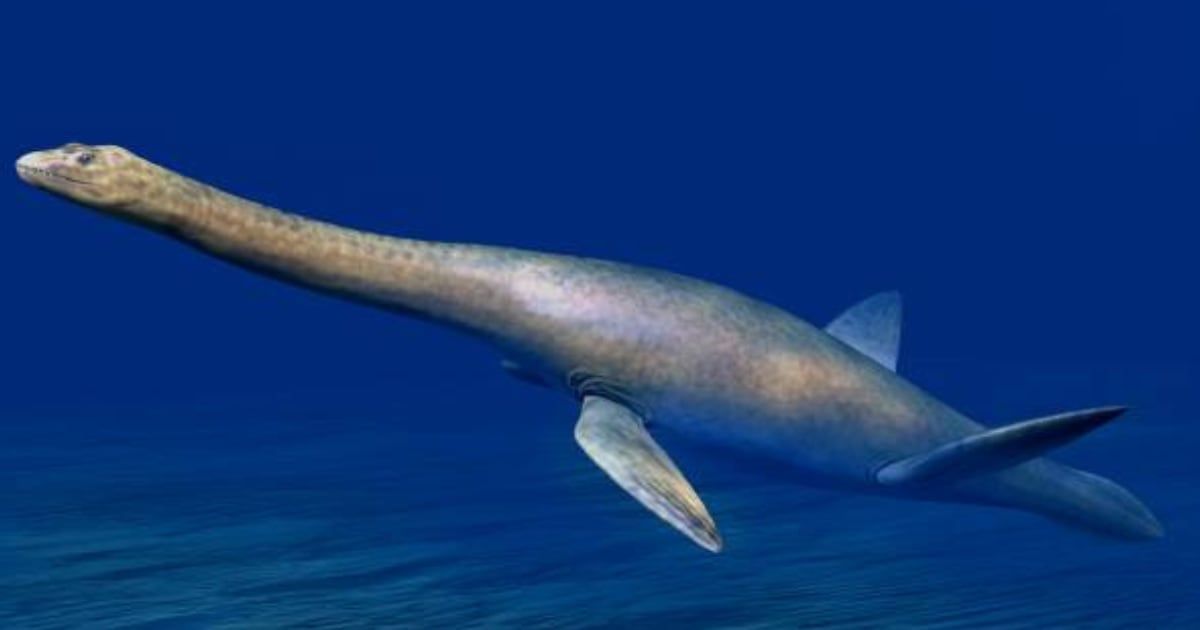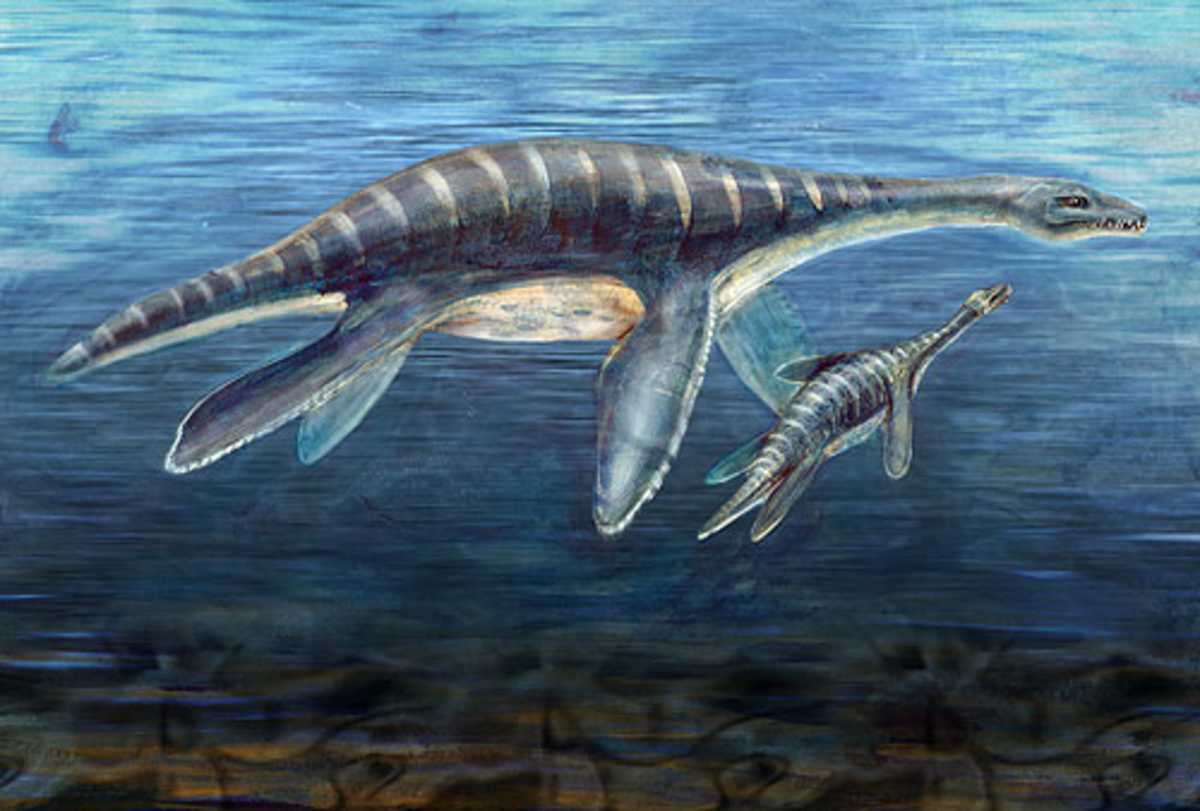Scientists Found a 'Loch-Ness'-Like Marine Fossil in 1978, and It's Now Been Declared a New Species

Researchers have now confirmed the discovery of a sixth brand new species of plesiosaur from the Posidonia Shale in Holzmaden, Germany. The species in question is "Plesionectes longicollum," whose remains were stored in the Stuttgart State Museum of Natural History for the last five decades. Though the remains were uncovered in 1978, experts somehow could not conduct a thorough investigation of the specimen cataloged SMNS 51945. After a complete evaluation, they concluded that the nearly complete skeleton was a reptile akin to the "Loch Ness" monster. The feature that grabbed the attention of researchers the most was its long neck. Experts detailed their findings and investigation in the journal PeerJ Life & Environment.

Discovery of the Fossils
The remains were discovered in a quarry at Posidonia Shale, according to Popular Science. Researchers spotted an almost complete skeleton along with some fossilized tissue. Initial examinations had showcased that the specimen was a member of the plesiosauroid family, a group of marine reptiles, inhabitants of Earth's ancient oceans during the age of dinosaurs. The team discovered that the creature is from a species that had never been detected before.
They named it "Plesionectes longicollum," which translates to "long-necked near-swimmer." The study also states that the creature lived around 184 to 175 million years ago in the Lower Jurassic Period.

The study asserted that the skeleton measured 10.5 feet in length, while its neck reached a height of 4.1 feet. The neck was composed of 43 vertebrae, according to experts. The skeleton was found in a well-preserved condition, which did not surprise experts, as the fossil bed had previously also provided similar quality remains.
The site's environment seems to aid in the sustenance of these remains. However, the skull did exhibit some damage.
Why was the Creature Categorized as a New Species?
Sven Sachs of the Naturkunde-Museum Bielefeld, the study's lead author, claimed that it was the creature's 'distinctive anatomy' which made them identify it as a different species, according to SciTech Daily. The team detected an unusual collection of skeletal features in the specimen, which had never been observed before in any other species of plesiosaurs. The discovery also highlights that the Posidonia Shale, which is already known for its immense collection of fossils, could be sheltering even more reptile diversity than what experts previously assumed. The region has already produced five species of plesiosaurs, and "Plesionectes longicollum" further adds to its legacy as an important site to explore Jurassic marine life.
"Plesionectes Longicollum" Stands Apart
The specimens have been deemed valuable by experts because they have now become the oldest known plesiosaur fossils from the Holzmaden area. Further examinations indicated that the specimen was of a juvenile creature, but seeing its features, experts do not believe that the reptile's maturity had any impact on its distinct anatomical features. This finding provides experts with more insights into conditions during the early Toarcian period, when the reptile lived. Researchers have always been intrigued by this period because it supposedly witnessed multiple environmental changes, such as an anoxic event in the ocean, which facilitated a massive extinction in marine life worldwide.